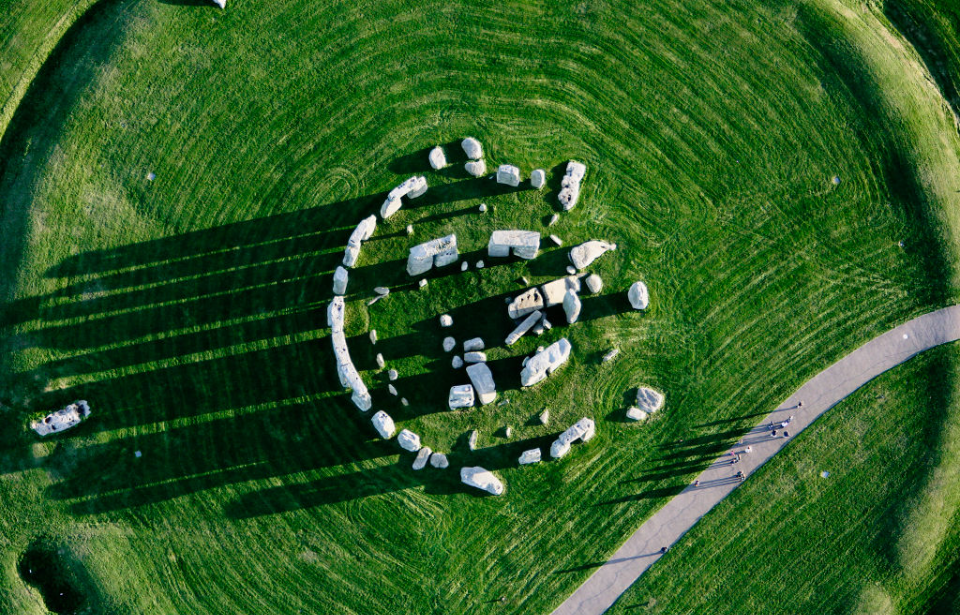There are many wonders of ancient civilizations still in existence. Some of the most impressive of these are temples, built to honor the gods of old and stand the test of time. Scattered throughout the world, these are six of the most astounding ancient temples.
Göbekli Tepe
The incredible Göbekli Tepe is the oldest temple discovered by archaeologists thus far, at roughly 11,000 years old. This Turkish site also boasts the world’s oldest known megaliths, which are decorated with various animals. Aside from its age, what makes Göbekli Tepe so special is that it is one of the only sites of prehistoric religion to have been found, providing significant insight into humans of the past.
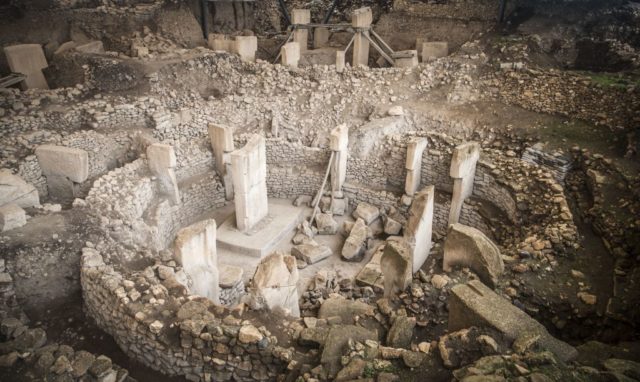
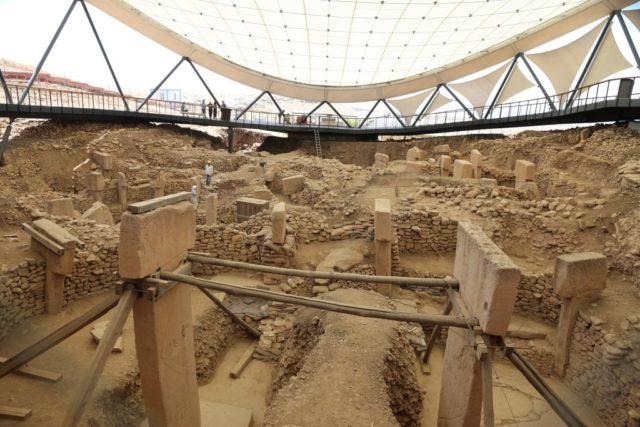
Although debated among scholars, many believe that this temple demonstrates that ancient people developed communal religious sites before they developed agriculture. Until Göbekli Tepe was found, it was believed that temples weren’t constructed until societies began farming and had settled into structured communities. Additionally, building something of this scale would have required well organized communities in proximity.
Stonehenge
Stonehenge is undoubtedly one of the most iconic structures to survive from the ancient world. Built between 3000 and 2000 BCE, the monument consists of two stone rings with large standing stones topped by horizontal lintel stones. Those in the outer ring are massive at 13 feet high and seven feet wide. There are many different theories about what, exactly, Stonehenge was designed for.
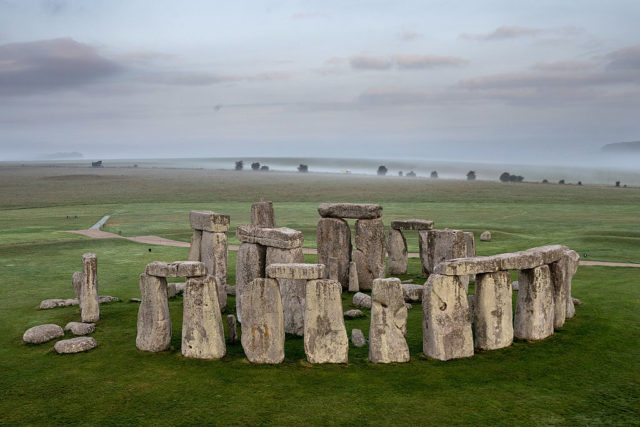

Archaeologists know that it was initially used as a burial site, as human remains have been found during excavations. They have also determined that it was constructed so that it aligned with the sunrise during the summer solstice, with later scholars hypothesizing that the structure could have been an astronomical calendar. It is believed that Stonehenge may have been used as some form of ceremonial site, or a destination for religious pilgrimage.
Ziggurat of Ur
The Ziggurat of Ur is an ancient stepped pyramid located in present-day Iraq. It is generally considered to be the best-preserved pyramid of its kind, having been built around the year 2100 BCE by ancient Mesopotamians in the city of Ur. While still an impressive site to this day, measuring in at almost 100 feet high, it is believed that it was once much higher. What remains is simply the base of a much larger ziggurat.
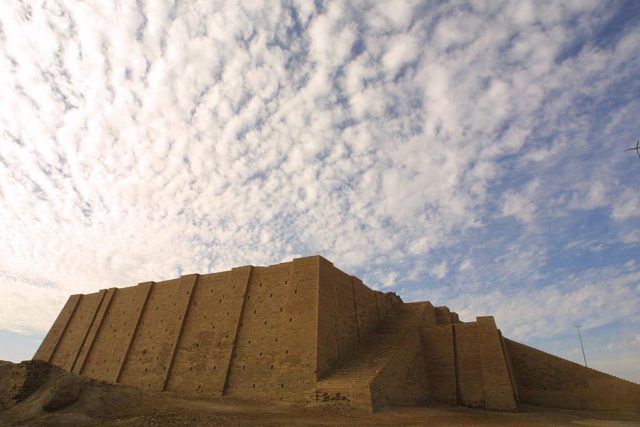
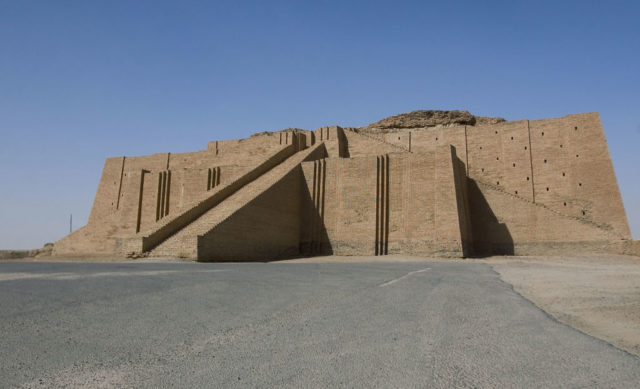
The temple was erected by King Ur-Nammu as a way of worshipping Nanna, an ancient Sumerian moon god who was said to be very pleased with the offering. It operated as a shrine to the god, who was also the patron deity of the city. The Ziggurat of Ur has been restored on two separate occasions, most recently in the 1980s.
Temple of Luxor
Considered by many to be one of the most incredible places of worship in all of Egypt, the Temple of Luxor was built in honor of Amun by the pharaohs Amenhotep III and Ramses II sometime between 1400 and 1000 BCE. During the Roman occupation of the area, the temple was surrounded by a fortress and housed the local government while also serving as a religious building.
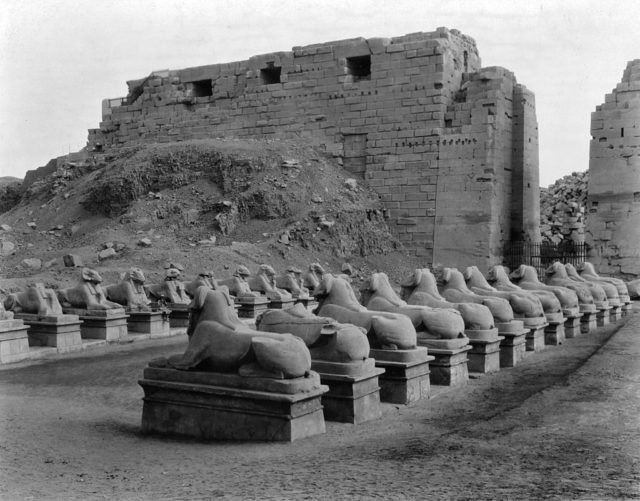
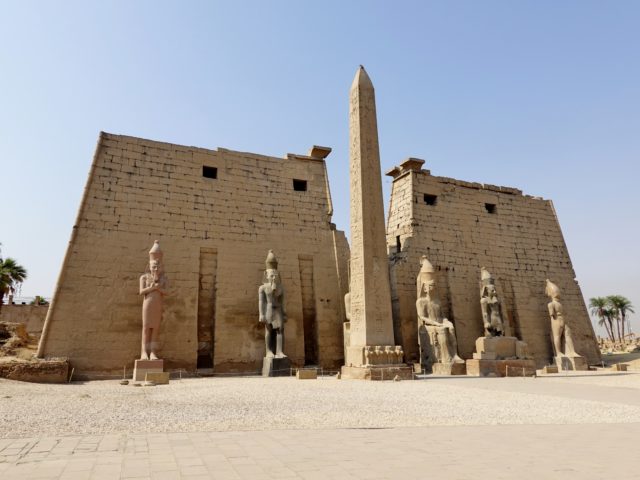
It was once connected to the Temple of Karnak by the impressive Avenue of the Sphinxes. Over 600 of the stone creatures line the walkway, some of which still exist. Much of the temple still remains, including the Great Colonnade Hall, the Pylon of Ramses II, and a life-sized statue of Queen Nefertari. There are also many different hieroglyphic fragments from the walls that have survived.
Hypogeum of Ħal-Saflieni
Unlike many of these other famous ancient temples, the Hypogeum of Ħal-Saflieni was built entirely underground. It was excavated sometime around 2500 BCE on the island of Malta, however, some parts have been discovered to be as old as 4000 BCE. To access the site, one must travel down many stairs into narrow passageways until reaching the larger rooms carved out of the rock. Amongst these rooms are the temple itself, a sanctuary, and a necropolis which may have held the remains of 7,000 people.
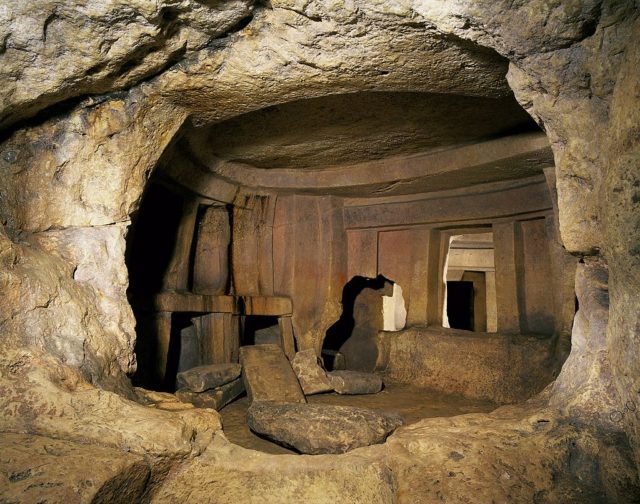
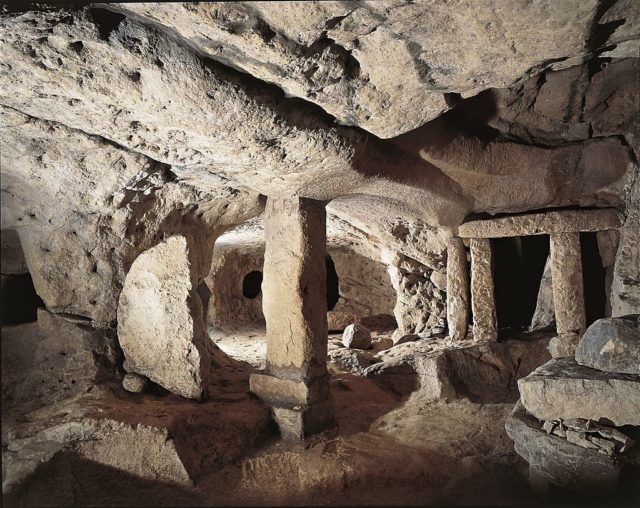
The sanctuary is arguably the most interesting of all the rooms, as some scholars believe it may have been where an ancient oracle was located. Anything that is said while in this room can be heard magnified in volume throughout the underground complex, which certainly would have given prophecies a more authoritative sound. While the public can visit the site, only 80 people are able to visit daily.
Ġgantija
Located on the island of Gozo in Malta sits Ġgantija, a temple built during the Neolithic era. Archaeologists believe that it was constructed over 5,500 years ago, making it older than the Egyptian pyramids and the second oldest temple in the world. According to myth, it was constructed by a giantess who, carrying the child she bore from a human, built the temple where she worshiped.
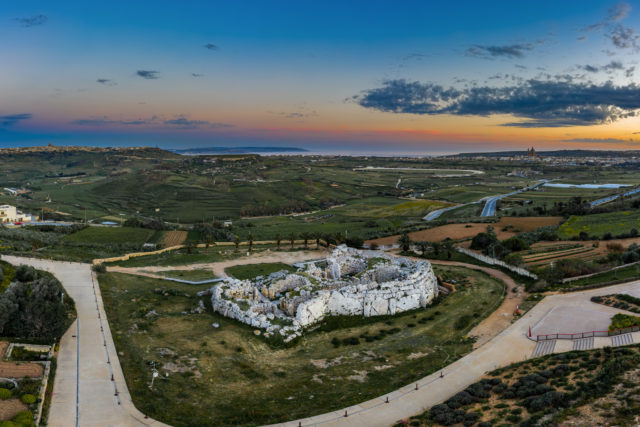
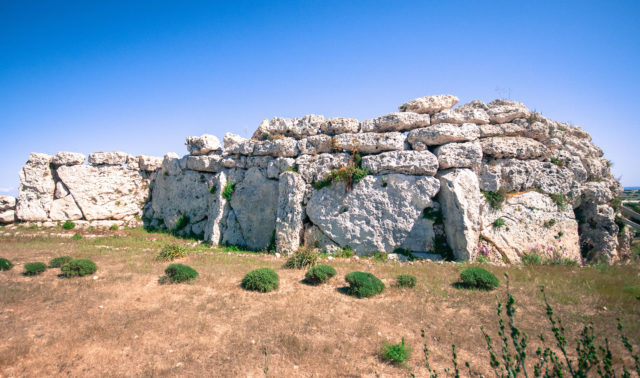
More from us: The Most Eye-Catching Religious Buildings From Around The World
The interior has been thoroughly excavated and was made from local limestone. Researchers also found the bones of many different animals throughout the site, leading them to believe it was commonly used for either rituals or feasts. Given the design of the temple, it is likely that most ceremonial events took place outside the actual structure with only religious leaders standing inside.
